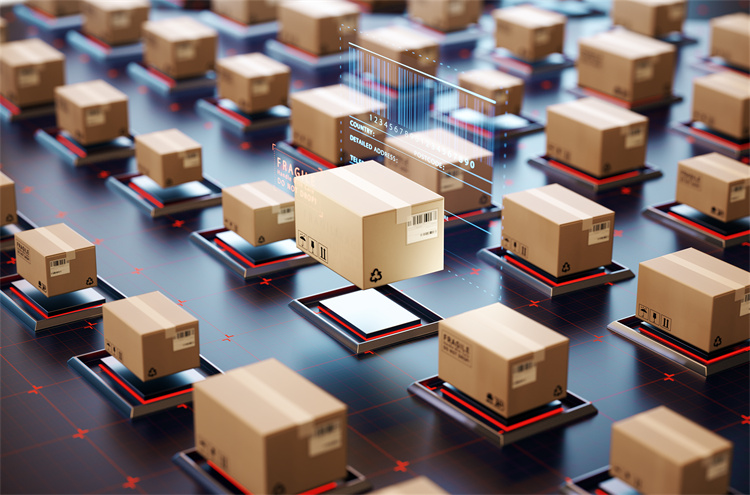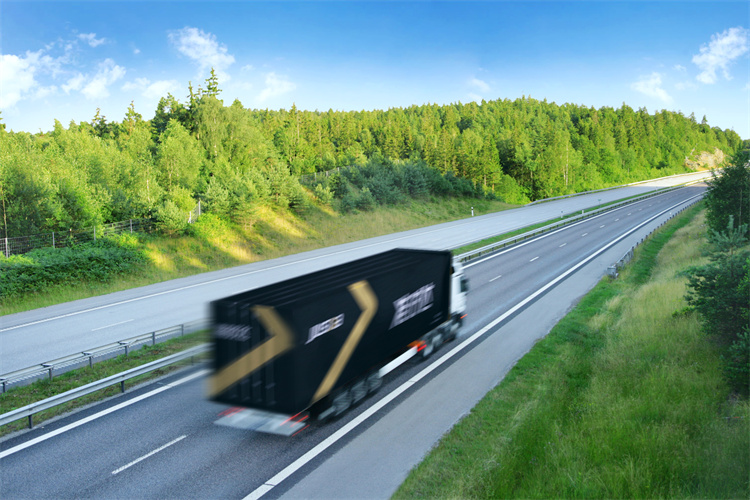Latest Breakthroughs in Automated Transportation Technology

Automated transportation represents a transformative shift in how society navigates the world. Vehicles equipped with sensors and LIDAR operate independently, enhancing safety and reducing emissions. High-resolution cameras and AI algorithms enable these vehicles to interpret road signs and recognize objects. This technology promises significant societal benefits, including a potential $800 billion annual cost-saving. The evolution of transportation systems demands attention to stay informed about these advancements. Embracing these innovations can lead to improved efficiency and sustainability in transportation.
Current Trends in Automated Transportation

Autonomous Vehicles
Self-Driving Cars
Self-driving cars represent a significant advancement in automated transportation. These vehicles use sensors and artificial intelligence to navigate roads without human intervention. Companies like Tesla and Waymo lead the development of autonomous cars. These cars promise increased safety by reducing human error. The technology also aims to improve traffic flow and reduce congestion. Automated transportation in urban areas could transform daily commuting.
Autonomous Trucks
Autonomous trucks are revolutionizing the logistics industry. These trucks operate with minimal human input, using advanced navigation systems. Companies such as Embark and TuSimple are pioneering this technology. Autonomous trucks enhance efficiency in long-haul transportation. The technology reduces delivery times and operational costs. Automated transportation in freight can lead to significant economic benefits.
Urban Air Mobility
Drones for Delivery
Drones for delivery are an emerging trend in automated transportation. Companies like Amazon and UPS are testing drone delivery systems. These drones offer rapid and efficient package delivery. The technology reduces reliance on traditional delivery methods. Drones can access remote or congested areas with ease. Automated transportation through drones could reshape logistics and supply chain management.
Air Taxis
Air taxis represent a futuristic vision of urban mobility. Companies such as Uber and Volocopter are developing air taxi services. These vehicles aim to provide quick and convenient travel within cities. Air taxis use vertical takeoff and landing technology. The innovation promises to alleviate urban traffic congestion. Automated transportation in the air could redefine personal and public transit.
Key Technologies Driving Automation

Artificial Intelligence and Machine Learning
Role in Navigation and Decision Making
Artificial intelligence (AI) plays a crucial role in automated transportation. AI systems process vast amounts of data from sensors and cameras. These systems make real-time decisions for vehicle navigation. Machine learning algorithms enhance the accuracy of these decisions. Automated transportation relies on AI to interpret complex traffic scenarios. AI helps vehicles choose optimal routes and avoid obstacles. The technology improves efficiency in urban and rural settings.
Enhancements in Safety Features
Safety features in automated transportation benefit from AI advancements. AI monitors vehicle surroundings continuously. The technology detects potential hazards and initiates preventive actions. Automated braking systems respond faster than human drivers. AI enhances lane-keeping assistance and collision avoidance. These improvements reduce accident risks significantly. Automated transportation systems prioritize passenger safety through AI integration.
Sensor Technologies
Lidar and Radar Systems
Lidar and radar systems are essential components of automated transportation. Lidar uses laser beams to create detailed 3D maps of environments. Radar systems detect objects and measure their speed and distance. These technologies provide critical data for vehicle navigation. Lidar and radar work together to ensure precise obstacle detection. Automated transportation systems rely on these sensors for accurate positioning. The integration of lidar and radar enhances overall vehicle performance.
Camera and Vision Systems
Camera and vision systems contribute significantly to automated transportation. High-resolution cameras capture images of road conditions and traffic signs. Vision systems analyze these images to identify relevant information. Automated transportation benefits from advanced image processing capabilities. Cameras assist in detecting pedestrians and other vehicles. Vision systems enable vehicles to adapt to changing environments. The combination of cameras and vision systems ensures reliable navigation.
Implications of Automated Transportation
Economic Impact
Job Market Changes
Automated transportation introduces significant shifts in the job market. The rise of autonomous vehicles reduces the need for human drivers. Industries such as trucking and delivery services experience transformations. New roles emerge, focusing on technology maintenance and oversight. Workers require reskilling to adapt to these changes. The demand for software engineers and data analysts increases. Automated transportation creates opportunities in tech-driven sectors.
Cost Efficiency in Logistics
Automated transportation enhances cost efficiency in logistics. Autonomous trucks optimize routes and reduce fuel consumption. Companies save on labor costs by minimizing driver involvement. The technology decreases vehicle downtime through predictive maintenance. Efficient fleet management becomes achievable with real-time data. Automated transportation streamlines supply chain operations. Businesses benefit from reduced operational expenses.
Environmental Considerations
Reduction in Emissions
Automated transportation contributes to emission reduction. Autonomous electric vehicles replace conventional fleets. These vehicles improve fuel economy and decrease pollution levels. Shared vehicle models further lower emissions by reducing total vehicle miles traveled (VMT). The technology supports sustainable urban mobility initiatives. Automated transportation aligns with global environmental goals. Cleaner air quality results from decreased reliance on fossil fuels.
Energy Efficiency
Energy efficiency improves with automated transportation. Autonomous systems optimize energy use through smart navigation. Vehicles operate at optimal speeds, conserving energy resources. High vehicle utilization rates reduce the need for additional units. Automated transportation supports renewable energy integration. The technology enhances overall transportation sustainability. Energy-efficient practices become standard in modern transit systems.
Future Predictions and Industry Recommendations
Emerging Trends
Integration with Smart Cities
Automated transportation will play a crucial role in smart cities. Urban planners will integrate autonomous vehicles into city infrastructure. This integration will enhance traffic management and reduce congestion. Smart cities will use data from connected vehicles to optimize public services. The collaboration between technology providers and municipalities will drive this transformation.
Advances in Vehicle-to-Everything (V2X) Communication
Vehicle-to-Everything (V2X) communication will revolutionize transportation networks. V2X technology will enable vehicles to communicate with each other and infrastructure. This communication will improve safety by providing real-time traffic updates. V2X systems will enhance efficiency by coordinating vehicle movements. The development of V2X will require robust cybersecurity measures to protect data integrity.
Strategic Recommendations for Stakeholders
Investment in Research and Development
Investment in research and development will be essential for advancing automated transportation. Companies must allocate resources to innovate and refine technologies. Collaboration with academic institutions will foster breakthroughs in AI and sensor systems. Governments should provide incentives to support R&D efforts in this sector. A focus on innovation will ensure competitiveness in the global market.
Collaboration with Regulatory Bodies
Collaboration with regulatory bodies will be vital for the successful deployment of automated transportation. Industry leaders must work with governments to establish safety standards. Regulatory frameworks will need to adapt to accommodate new technologies. Transparent communication between stakeholders will facilitate policy development. This collaboration will build public trust and ensure compliance with legal requirements.
The latest breakthroughs in automated transportation technology showcase significant advancements. High-resolution cameras and AI algorithms enable autonomous vehicles to read road signs and recognize objects. Emerging trends include driverless vehicles and drones for last-mile deliveries. These innovations promise efficiency, sustainability, and connectivity. Automated transportation technology holds immense potential for transforming traditional models. Industry stakeholders must embrace innovation to harness these benefits. Investment in research and collaboration with regulatory bodies will drive progress. The future of transportation depends on adopting these cutting-edge technologies.
See Also
Exploring the Future: Innovations in Logistics Technology
Ready for the Transport Technology Revolution?
Ready to Explore the Latest in Supply Chain Transport Tech?
Automated Future: Benefits of High-Tech Manufacturing Warehouses
